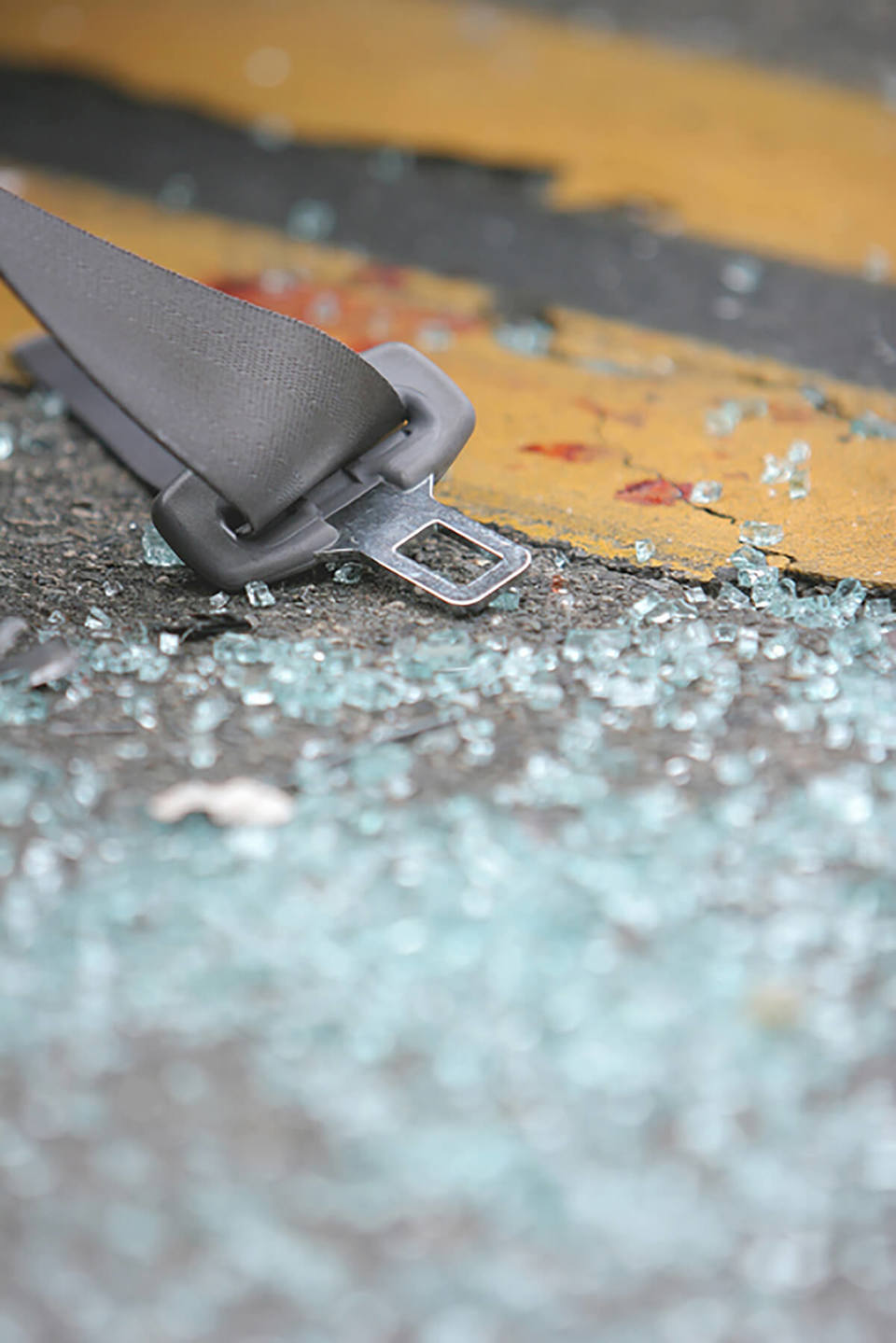The number of people who were killed on UK roads in has reached its lowest level since records began in 1926.
Figures from the Department for Transport (DfT) reveal that road deaths in 2013 decreased by 2% compared to 2012, to 1,713.
The number of people seriously injured decreased by 6% to 21,657 in 2013, compared to 2012, and the total number of casualties in road accidents reported to the police in 2013 was 183,670, down 6% from the 2012 total.
Meanwhile, vehicle traffic levels have remained broadly stable with a small increase of 0.4% between 2012 and 2013.
However, while welcoming the downward trend, AA DriveTech said there were areas for concern that needed to be tackled, including a rise in the number of deaths on motorways for the first time since 2005, from 88 in 2012 to 100 in 2013 - a rise of 14%. Seriously injured casualties on motorways also rose slightly from 654 to 660.
David Richards, of AA DriveTech, said: “Fleets should be aware of the rise in the number of deaths on motorways – for the first time since 2005.
“The reasons behind this rise are not yet clear and, although motorways still remain statistically our safest roads, it is food for thought for those involved in driver training.”
The Institute of Advanced Motorists (IAM) also highlighted the increase in motorway deaths. Director of policy of research Neil Greig said: “It’s worrying that motorways have seen an increase in deaths, which is only partly explained by the increase in traffic on them.
“It is vital the Government keeps a close eye on these figures as the Highway Agency rolls out its programme of wide-spread hard-shoulder running as opposed to proper motorway widening.”
There was also a note of caution from the road safety charity Brake. Julie Townsend, deputy chief executive at Brake, said: "Road casualties in the UK are falling - but they are not falling nearly fast enough.
“Since 2010, progress has stalled dramatically. At this rate, it will be many more decades before we reach the only acceptable number of casualties on our roads, and that number is zero.
“The Government needs to take far more proactive action to drive casualties down faster, including a zero-tolerance drink drive limit, a 20mph default urban speed limit, and graduated driver licensing to tackle young driver crashes."
The DfT figures also reveal that 176 motorists were killed or seriously injured (KSI) on the UK’s roads where illegal, defective or under-inflated tyres were a contributory factory, a fall of more than 9% from the previous year.
Furthermore, the reduction reflects a 42% decline in tyre related KSIs since TyreSafe’s inception in 2006.
“We welcome the news that the number of casualties caused by dangerous or illegal tyres has dropped, but there is clearly still much work for us to do,” said Stuart Jackson, chairman of TyreSafe.
“Through tireless campaigning over a number of years, we have managed to make many more drivers aware of the need to look after their tyres properly, but now it becomes much tougher trying to change the habits of those showing persistent or wilful neglect.
“However, initiatives such as October’s Tyre Safety Month are a great way for the industry to rally together and tackle this problem head-on.”
This year’s Tyre Safety Month will see a record number of organisations supporting the campaign, which is encouraging drivers to check their tread depth, by offering free tyre safety checks or running other local initiatives.





















Peter Hattingh - 30/09/2014 23:27
Instead of conjecture as to the cause of the increase in motorway deaths, surely the answers can be found by analysis of the circumstances of the fatal accidents which have occurred? For example, hard shoulder running can be ruled out as a cause if none of the excess deaths were due to hard shoulder crashes.